- About US
- IMC
- By Equipment
-
- Manufactures
- Blog
How to Choose the Right Metal Shear Machine for Your Business Needs
Choosing the right metal shear machine is crucial for optimizing production efficiency and ensuring quality results in any metalworking business. According to a recent market report by Smithers Pira, the global market for metal fabrication machinery, which includes shear machines, is projected to reach $20 billion by 2025, reflecting a steady growth driven by increased demand across various industries. The right metal shear machine can significantly impact operational productivity, with high-quality machines reducing both material waste and processing time. As businesses strive to enhance their competitiveness, understanding the different types and functionalities of metal shear machines becomes essential. This blog will provide valuable tips to guide you through the decision-making process, ensuring you invest in a machine that meets your specific production needs and aligns with future growth strategies.
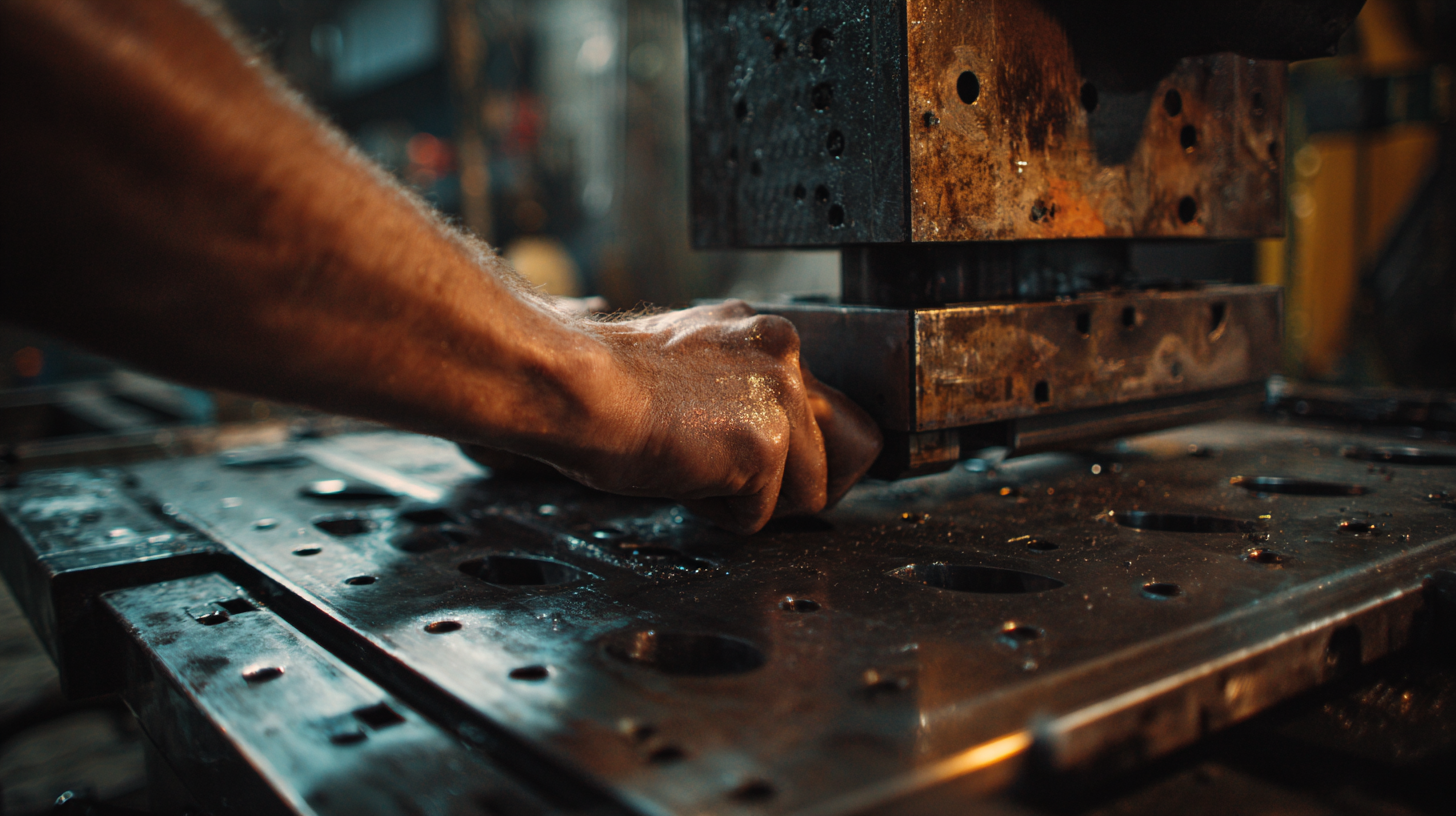
Understanding Your Metal Shear Requirements: Key Factors to Consider
When selecting the right metal shear machine for your business, understanding your specific requirements is crucial. First, consider the type of metal you’ll be cutting.
Different materials, whether aluminum, steel, or stainless steel, present unique challenges in terms of thickness and strength. A shear machine must be robust enough to handle the hardest materials while offering precision cutting capabilities.
Analyze the maximum thickness and sheet size you anticipate working with, as these specifications will narrow your options significantly.
Next, evaluate your production volume and frequency of use. If your business demands high-volume production, investing in a more advanced shear machine with automation features might be beneficial to maximize efficiency. Conversely, if your needs are occasional or low-volume, a more basic model may suffice. Additionally, assess the available space in your workshop; some machines require more room for operation and maintenance than others. By clarifying these key factors, you’ll be equipped to select a metal shear machine that aligns perfectly with your operational needs and enhances your production capabilities.
Types of Metal Shear Machines: Choosing Between Hydraulic and Mechanical Options
When selecting a metal shear machine for your business, understanding the differences between hydraulic and mechanical options is crucial. Hydraulic shear machines rely on hydraulic fluid to transmit force, allowing for a smoother and more controlled cutting process. They are ideal for thicker materials and provide greater versatility in adjusting blade gaps. On the other hand, mechanical shears operate through a system of gears and levers, resulting in faster operation speeds and lower initial costs, making them suitable for lighter tasks and thinner materials.
Tips: Before making a decision, assess the type of materials you frequently work with. If your business requires cutting various thicknesses or intricate patterns, a hydraulic machine might be the better fit. However, for production lines needing high-speed cuts on steel sheets, mechanical options may serve you best. Additionally, consider the long-term operational costs, including maintenance and energy consumption, as these factors can significantly affect your overall investment.
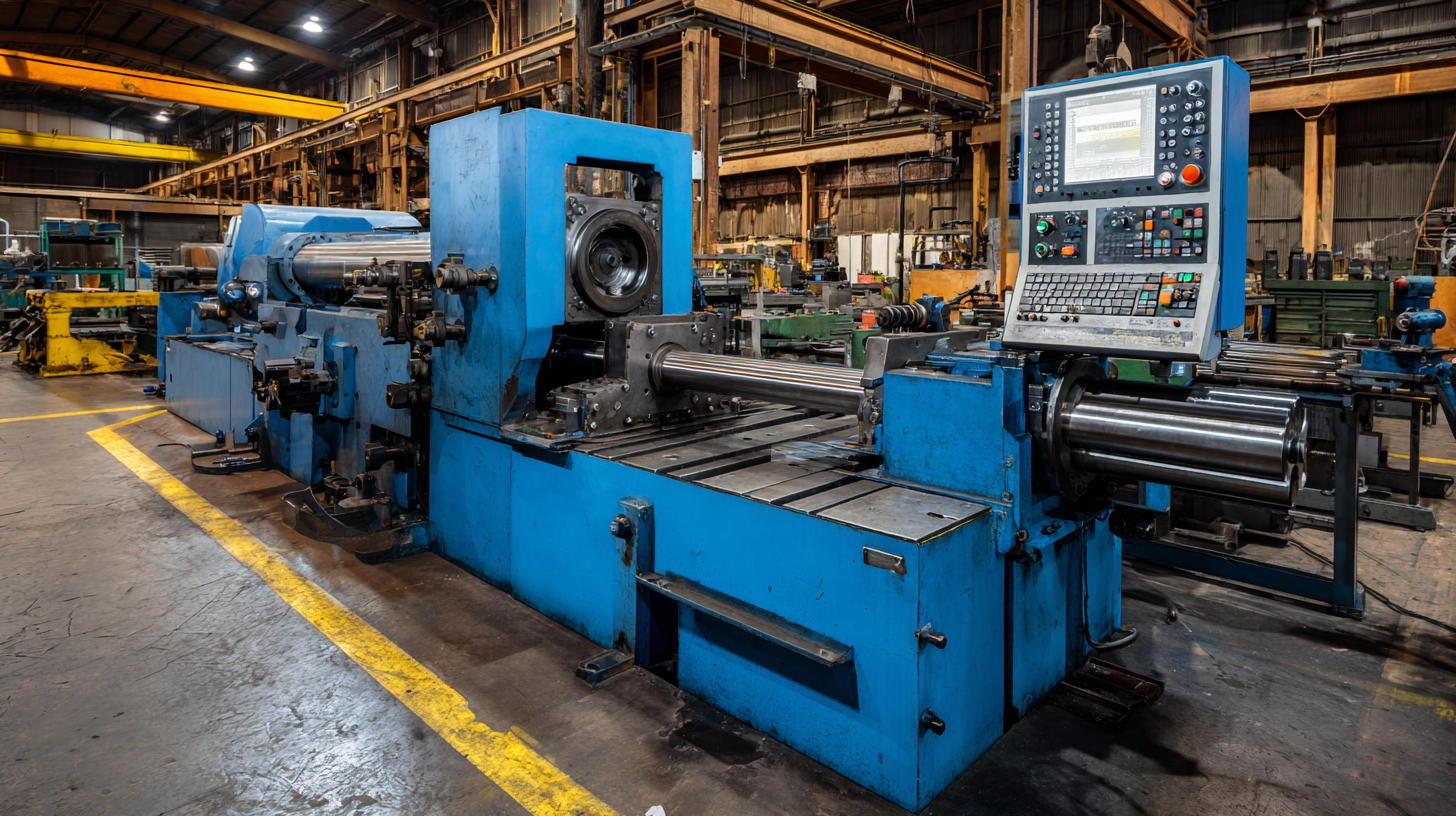
Assessing the Capacity and Thickness Limits for Your Shearing Needs
When choosing the right metal shear machine, assessing the capacity and thickness limits is crucial to effectively meet your business needs. Each project demands specific specifications, and understanding the materials you plan to work with will guide you in selecting the ideal machine. For instance, if your operations involve cutting thick sheets of metal, it’s essential to invest in a shear with a higher tonnage rating, as this will ensure clean and accurate cuts without damaging the material.
Furthermore, you should evaluate the shearing capacity of the machine, which is often defined by both the maximum sheet thickness and width it can handle. Many metal shear machines come with varying grades of capability, from light-duty models ideal for thinner materials to heavy-duty variants designed for industrial applications. Careful consideration of these parameters will not only enhance performance but also improve safety and efficiency in your operations.
Ultimately, aligning the shear's specifications with your business demands will enhance productivity and reduce operational challenges.
Cost Analysis: Budgeting for Purchase, Maintenance, and Operational Efficiency
When considering the purchase of a metal shear machine, understanding the comprehensive cost analysis is crucial for effective budgeting. The initial purchase price is often just the tip of the iceberg; potential buyers should also account for installation charges, training for operators, and any necessary modifications to existing workflows. These upfront costs can vary significantly based on the machine's capacity, brand reputation, and technological features, which directly impact efficiency and output quality.
In addition to the initial investment, ongoing maintenance and operational costs play a significant role in the overall budget. Regular servicing, replacement parts, and unexpected repairs can add up over time. It’s advisable to select machines with readily available parts and strong manufacturer support. Furthermore, operational efficiency should not be overlooked; investing in a shear that enhances speed and precision can lead to lower labor costs and reduced material wastage, ultimately improving the business's bottom line.
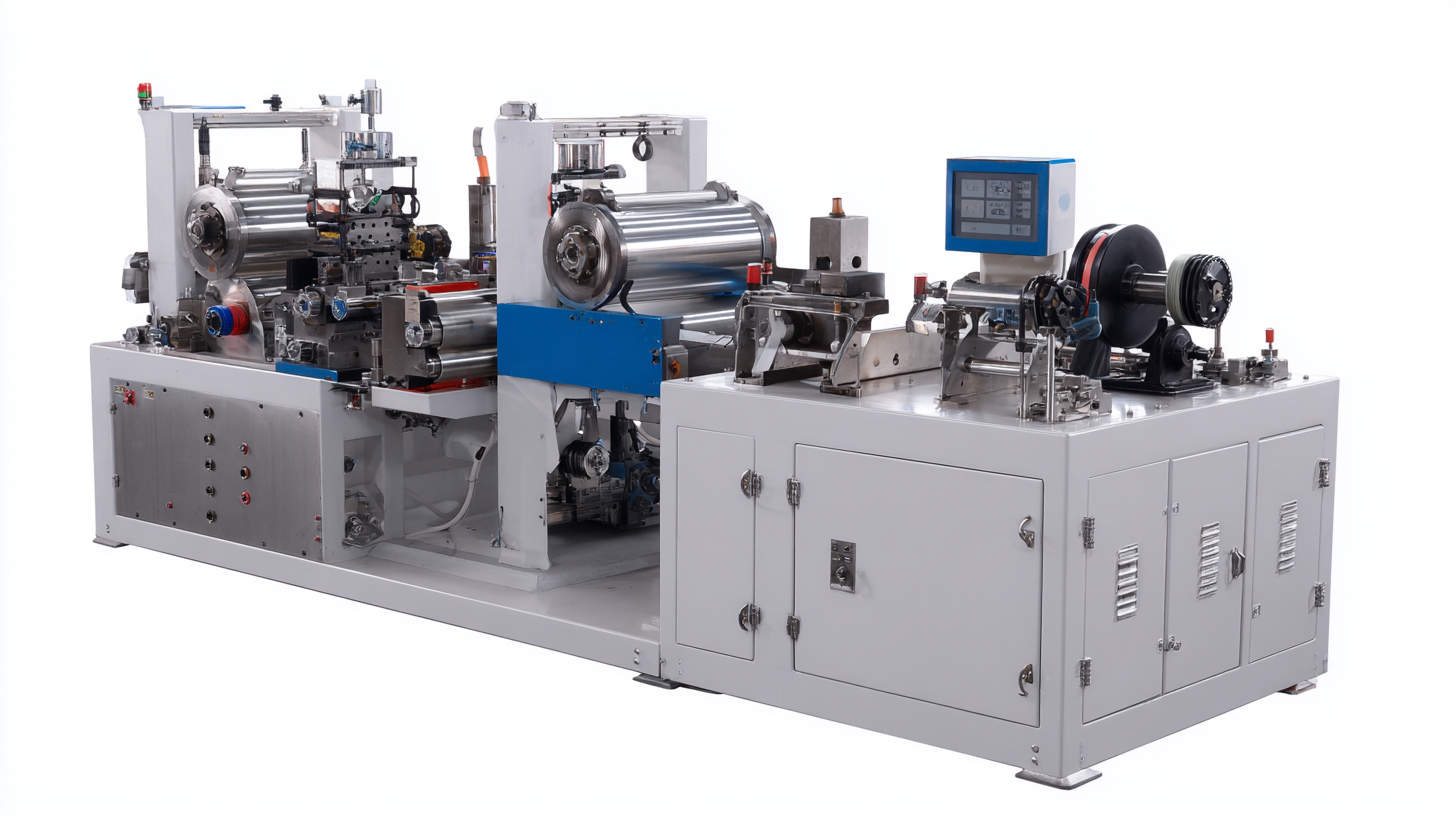
Thus, a thorough cost analysis, encompassing purchase, maintenance, and operational efficiency, is essential for making an informed decision about the right metal shear machine for your business.
Future-Proofing Your Investment: Technological Trends in Metal Shearing Machinery
As businesses look to invest in metal shear machines, understanding the technological trends shaping the industry is crucial for future-proofing their investment. The global metal machining market is poised for significant growth, projected to increase by USD 16.6 billion from 2025 to 2029, largely driven by rising infrastructure projects and advancements in technology. Among these advancements, artificial intelligence plays a pivotal role in transforming metal shearing machinery, offering enhanced precision and efficiency. Companies that adopt AI-powered machines can streamline their operations, reducing waste and increasing productivity.
To remain competitive, manufacturers must also consider the growing demand for CNC and multi-axis machining technologies. These innovations enable the transition from traditional standalone machines to integrated systems that enhance functionality and versatility in metal cutting processes.
Furthermore, trends such as the rise of tube laser cutting machines reflect the industry's shift towards faster and more accurate manufacturing solutions. As the market evolves, embracing these technological advancements will not only optimize current operations but also position businesses to capitalize on future opportunities in an expanding marketplace.
Related Posts
-

Understanding the Challenges of Operating a Metal Shear Machine
-

Exploring Innovative Uses of Sheet Metal Fabrication Machines in Modern Industries
-

Innovative Solutions for Efficient CNC Press Brake Machine Operations
-

7 Best Practices for Using a Metal Sheet Bending Machine Effectively
-
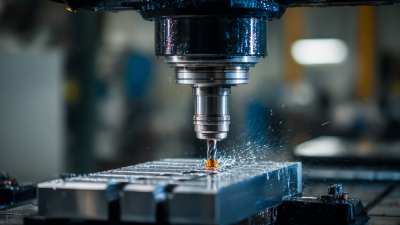
The Ultimate Guide to CNC Metal Cutting Machines: Choosing the Right Tool for Your Business
-
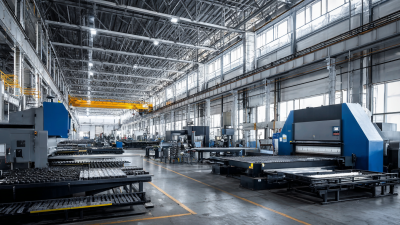
How to Choose the Right Sheet Metal Fabrication Machines for Your Business Needs